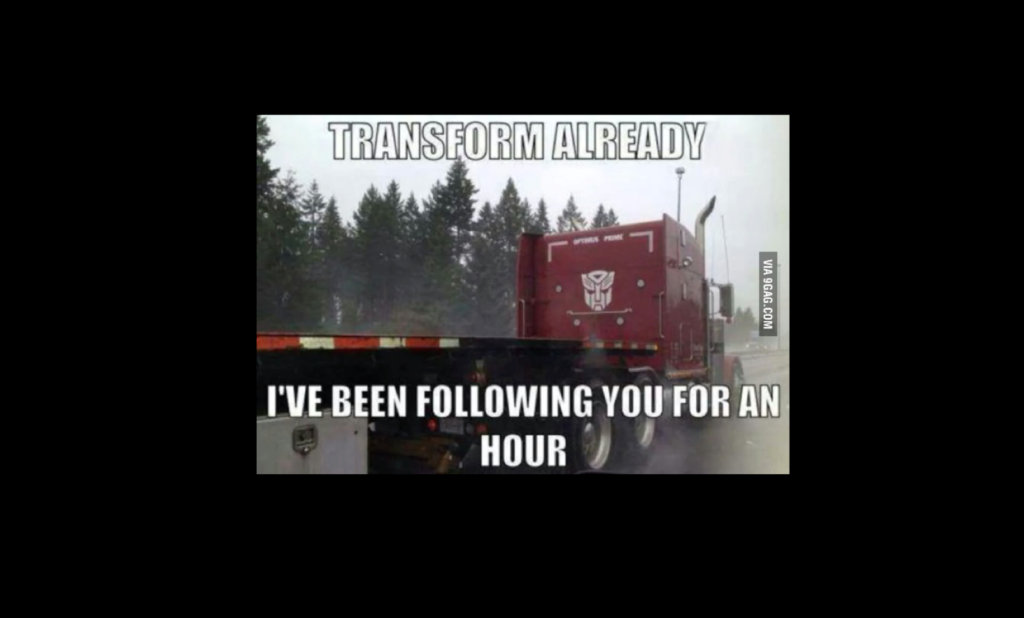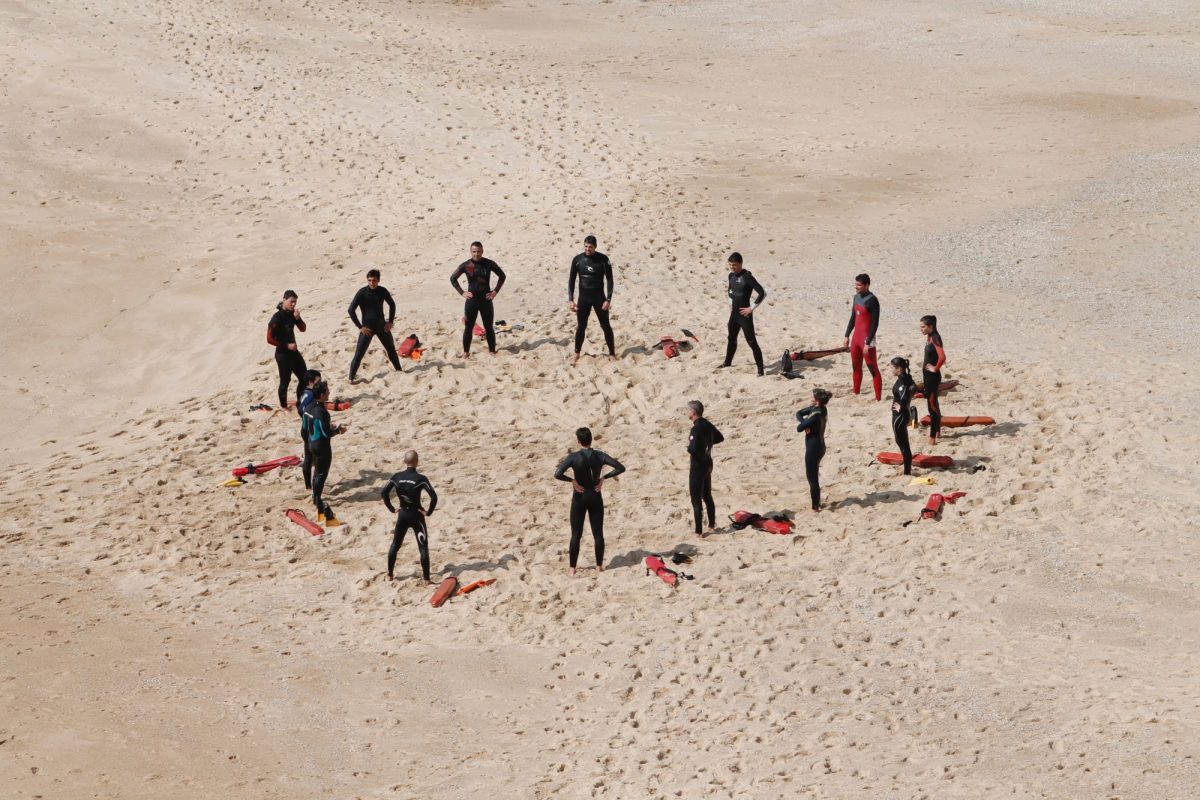It’s a fact of business life. We spend most of our time in meetings. And from what most people tell me, meetings are not the highlight of their day. Too much time spent in conversations that seem to go on without end and only a few people dominating the discussions. Topics don’t get closure because discussions go off-topic, go on tangents, go down rabbit holes and swirl to no end. And some meetings end with no clear sense of purpose or what’s next. And then there’s the inevitable meeting after the meeting to discuss the meeting. At this point, people’s energy is low. Some may feel a palpable frustration and compelled to give voice to their thoughts, “This meeting is a waste of time!” But they say nothing because you are the boss and this is your meeting. If this sounds or feels familiar, then the question becomes how can you make the most of these less than satisfying meetings you and your teams have come to live with?
With each new day comes the need for people to get more done in less time and meetings play a significant role in fulfilling this need. But to do this, we would need to change the way we have meetings. So ask yourself, what if you could stop the “swirling” i.e., conversations that go on without end? What if you could drill down to what really matters more quickly? What if you could get buy-in more efficiently and align with one another more quickly? What if you could open and close topics, build consensus, and drive decision making more effectively? And perhaps most important, what if you could garner effective agreements from others while motivating everyone to follow through with commitment? What if meetings could leave you and everyone else feeling energized, focused, clear and ready to face the challenges that lay ahead? This is the goal of conscious meeting facilitation.
Conscious meeting facilitation transforms the meeting experience into one of achievement and motivation. But what exactly does “conscious” meeting facilitation mean? It means operating with a heightened awareness for mindsets and behaviors that impact a meeting’s outcomes. In fact, conscious meeting facilitation begins by establishing the right mindsets which in turn inform behaviors that result in more effective meetings. Conscious meeting facilitation helps people remain aware of their choices to adhere to these mindsets and behaviors.
Establishing Clear Mindsets, and Behavioral Expectations
In a book entitled “The Skilled Facilitator”, author Roger Schwarz proposes using a Mutual Learning model to inform the mindsets and behaviors of meeting participants. These mindsets and behaviors create the conditions for transparency, understanding, skillful advocacy, skillful inquiry and collaborative solution building.

The Mutual Learning model proports the need for participants to be operating from a common pool of information, to understand and respect different perspectives, and to clarify how decision making will occur prior to making actual decisions. The Mutual Learning mindset proposed by Schwarz has five core values: Transparency, curiosity, informed choice, accountability and compassion. These values, in turn, produce effective behaviors that are held in place via conscious meeting facilitation. These behaviors include, stating views and asking genuine questions, sharing all relevant information, explaining rational and intent, focusing on interests not positions, testing assumptions and inferences, and jointly designing next steps.
Conscious meeting facilitation establishes these values and behavior norms as expectations to be held by participants of one another. They are presented as ground rules to be accepted by participants. Once accepted, the meeting environment becomes a level playing field for ideas, perspectives, beliefs, and possibilities and the facilitator supports the participant’s adherence to these ground rules.
Ultimately, conscious meeting facilitation means that every aspect of the meeting’s design and preparation, as well as its facilitation, is conducted from a place of awareness of multiple dimensions from the physical to the cognitive to the emotional, all to produce a specific desired business outcome. Let’s take a look at each of these dimensions.
The Five Dimensions of a Healthy and Effective Meeting Experience
Conscious meeting facilitation is based on managing what can be called the 5 dimensions of a healthy meeting experience:
- Physical Comfort
- Time and Traffic Control
- Cognitive Focus
- Emotions Management
- Business Outcomes

- Physical Comfort
Human beings need to be in a position of physical comfort in order to relax their concerns and focus their attention. This means not only having a comfortable place to sit, a chair that supports your body and back, but also a meeting rhythm that parallels your body’s natural rhythms and needs for circulation, nutrition and heeding the call of nature. Great meetings allow for comfortable seating, but also for movement, regular breaks, and the right kind of fuel for focused concentration.
- Time and Traffic Control
Second only to physical comfort, the management of time and people’s interaction is fundamental to making meetings run more efficiently. Who speaks when? How long is too long? How much time does a topic or task need? How do you make sure everyone’s voice is heard? These are questions addressed by well-facilitated time and traffic control.
- Cognitive Focus
Dimensions one and two take care of the basics of meeting facilitation and by themselves can make any meeting better. However, to really take effectiveness to new heights it is necessary to manage the attention people give to discussions and keep their mindsets on track so as to focus on one’s ability to respond while staying open and curious. Know-it-alls and victims kill productivity.
- Emotions Management
Just like the cognitive focus of people and groups can be managed by a skillful facilitator, so can the emotions of participants. Emotions are our visceral reactions to the topics being discussed, the way they are being discussed, the environment within which they are being discussed and the individual’s reflection on how these factors measure up to their standards for what’s valuable time spent. Skillful facilitation constantly monitors the emotional state of participants and knows when and how to intervene to keep emotions healthy and in support of meeting goals.
- Business Outcomes
Finally, meetings are only as good as the business outcomes they produce. Skilled facilitators know how to keep meetings focused on the desired business outcomes. They understand how to manage the relationships between complex concepts without having to know all the details. They are able to keep conversations on business track, always keeping the greater business objectives in mind.
Meeting Modes
Most meetings, regardless of their appearance, really only have three purposes; to inform, to discuss, to decide.

Once we understand the purpose and desired outcome of each mode, a facilitator can more effectively manage interaction towards a meaningful outcome. Let’s take a look at each of the three meeting modes.
- To Inform
The purpose of this mode is to share information with others. Plain and simple, it is about relaying information, knowledge and/or concepts to participants for the sake of making them aware of the information. In this mode, what matters most is to make sure that all participants clearly understand what they are being informed of.
- To Discuss
The purpose of this meeting mode is to share and debate perspectives and to build on one another’s ideas. For this mode, it’s important to make sure that each of the participants have had an equal chance to have their voice and beliefs heard.
- To Decide
After people have been informed, and all the pertinent discussions have been had, there often comes a time when a decision needs to be taken during the meeting. The role of conscious meeting facilitation is to make sure that participants are consciously adhering to a decision-making method or model, decided upon before the decision is to be taken.
It may seem like a lot of knowledge and skill is required, but today’s increasingly complex business environments and challenges need a new type of meeting discipline to keep up with the pace and demands made by both.






















